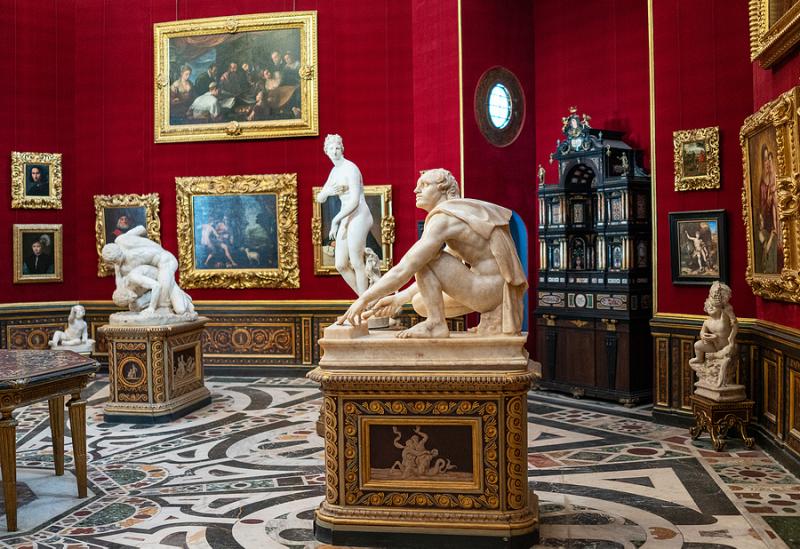Italy’s museums are starting to reopen in ‘yellow zone’ regions, those considered to be at lower contagion risk. At the time of writing, these are Tuscany, Autonomous Province of Trento, Campania, Molise, Basilicata and Sardinia.
Given the limitations to travel, even within the country, with all regional borders closed until February 15 (meaning not even Italians are free to move from one region to another unless it’s for work, health or urgent necessity), this means museum visitors will be mostly local; and who knows, it may be an opportunity for residents to visit or re-visit cultural institutions normally overlooked, even just because they were normally too crowded.
This is definitely going to be the case for Tuscany, possibly the most attractive region in this respect, having some of Italy’s most iconic museums; imagine sharing the marvels of the Uffizi with just a small number of other people inside at the same time.
The Boboli Gardens and Pitti Palace in Florence reopened on 19 and 20 January respectively; the Uffizi reopened on January 21, from 8:30 am to 6:30 pm.
The Bargello Museums, which include The National Museum of Bargello, the Medici Chapels and Palazzo Davanzati, reopened on January 18.
Moving to the southern region of Campania, the Royal Palace of Caserta, the largest palace erected in Europe during the 18th century and a Unesco World Heritage site, is also now open to the public, and offers new exhibitions and restored spaces. Also in Campania, the archeological sites of Pompeii and Ercolano have reopened, as well as the art museum of Capodimonte in Naples.
Museums are only allowed to stay open during the week (Monday to Friday), but not on weekends. Always check each institution’s website before you plan your visit to verify opening times. Some require advance reservations, so make sure you check on that as well.









